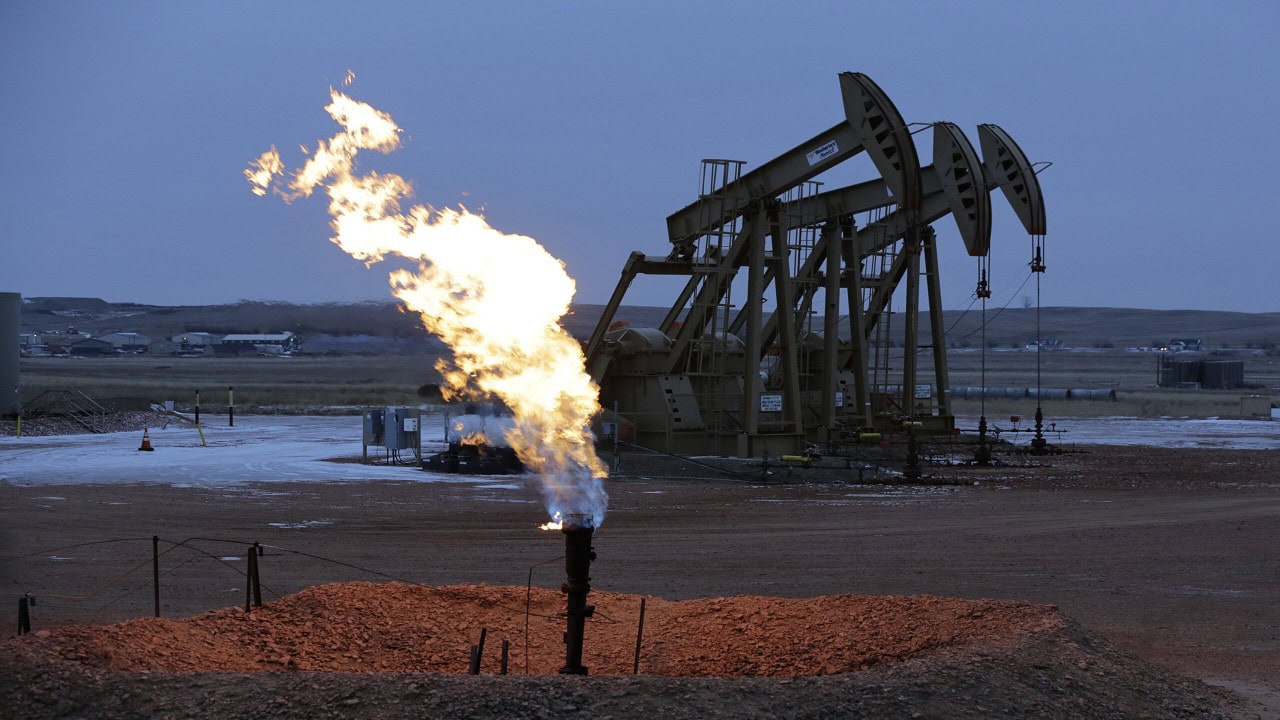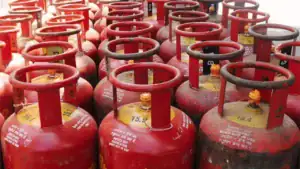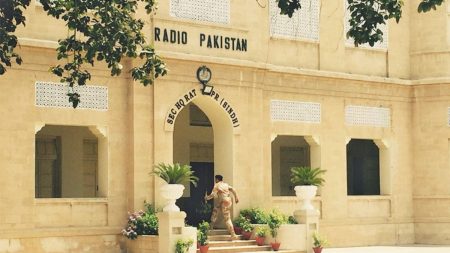Pakistan’s national gas transmission network has entered a critical phase once again after nearly two months of stability, as pressure in the main pipeline has crossed the danger threshold of 5 billion cubic feet (BCF).
The situation has raised concerns of a potential rupture that could disrupt supply and affect economic activity across the country.
Official data from October 29, 2025, shows the line pack has surged to 5.177 BCF, exceeding the safe operational limit. Officials at Sui Northern Gas Pipelines Limited (SNGPL), which oversees the transportation of re-gasified liquefied natural gas (RLNG), attribute the pressure buildup to a steep drop in gas consumption by the power sector.
Currently, power plants are drawing only 293 million cubic feet (MMcf) of imported gas for electricity generation, despite Pakistan being bound by long-term take-or-pay LNG supply contracts with QatarEnergy (two deals) and Italy’s ENI (one deal), all backed by sovereign guarantees. These contracts were designed to ensure steady fuel supply for four RLNG-based power plants in Punjab.
READ MORE: NEPRA Rejects Claims of Bias in K-Electric Tariff Reduction
However, despite the rising pressures, one LNG cargo per month from ENI continues to be diverted to international buyers, a practice ongoing since February 2025 and expected to continue through December due to weakened domestic demand.
To counter excess pressure, authorities have already reduced local gas production by nearly 300 MMcf. Exploration and production companies warn that forced well shutdowns risk damaging reservoirs and may lead to permanent production loss, noting that in past cases, some wells could not restart even after restoration investments exceeding $1 million.
Via TheNews









